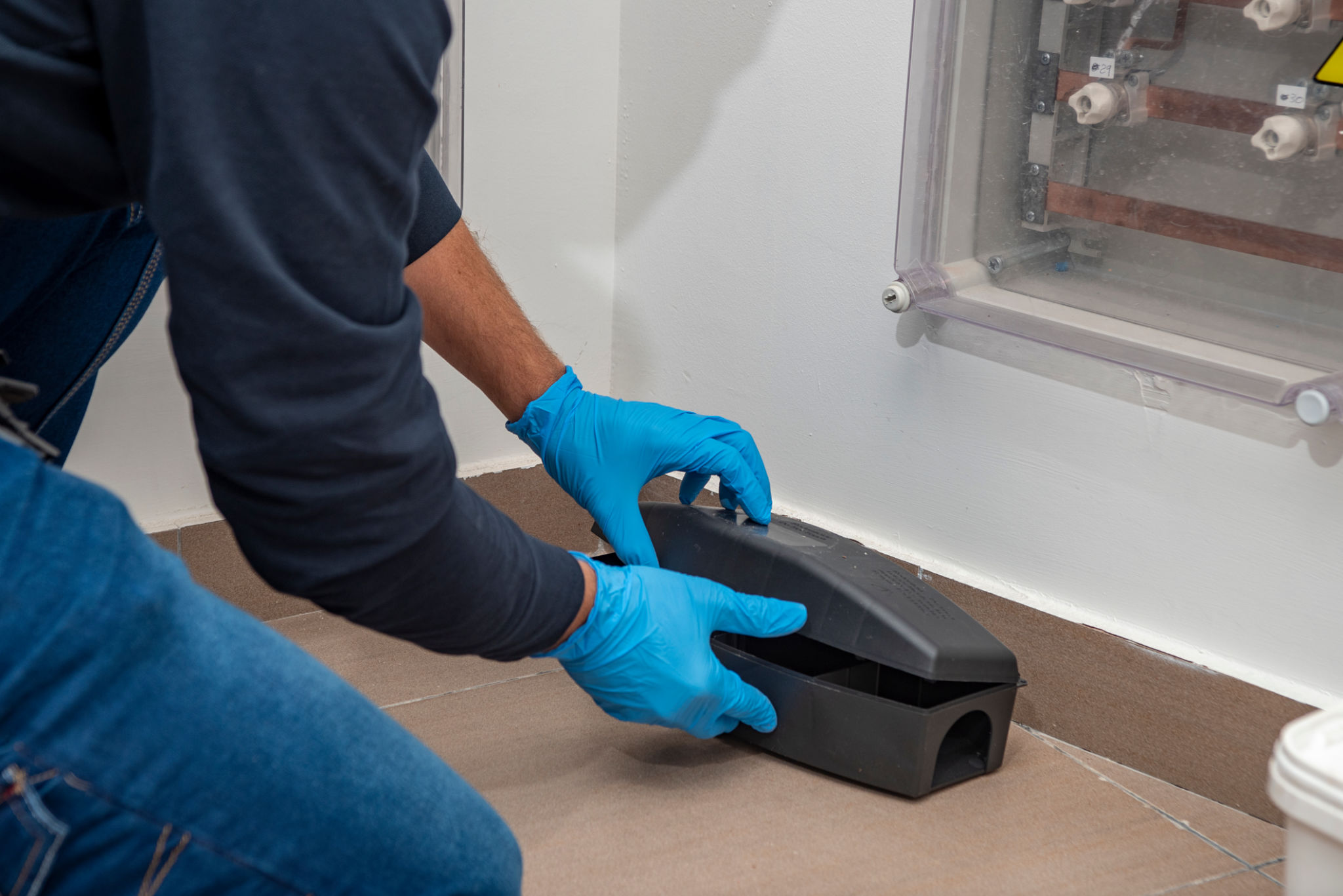Case Study: Successful Rodent Control Strategies in Urban Areas
Introduction to Urban Rodent Control
Urban areas around the world face a common challenge: controlling rodent populations. These pests not only pose a threat to public health but also cause significant property damage. The key to addressing this issue lies in implementing effective rodent control strategies tailored to the unique challenges of urban environments. In this case study, we explore successful approaches that have been implemented in various cities, highlighting the importance of integrated pest management (IPM) strategies.

Understanding the Problem
Rodents thrive in urban areas due to the abundance of food, water, and shelter. They are highly adaptable creatures, capable of surviving in a variety of environments. The primary species of concern in urban settings are rats and mice, which are known to spread diseases and cause structural damage. Understanding the specific behaviors and habitats of these rodents is crucial for developing effective control measures.
Identifying Hotspots
Successful rodent control begins with identifying hotspots where rodents are most likely to thrive. These areas typically include food establishments, waste disposal sites, and poorly maintained buildings. By conducting thorough inspections and monitoring, pest control professionals can pinpoint these critical areas, allowing for targeted interventions.
Implementing Integrated Pest Management (IPM)
Integrated Pest Management (IPM) is a holistic approach that combines multiple strategies to manage rodent populations effectively. This method emphasizes prevention, monitoring, and control, reducing reliance on chemical treatments. By focusing on long-term solutions, IPM not only addresses current infestations but also prevents future outbreaks.

Preventive Measures
Preventive measures are a cornerstone of IPM strategies. These include sealing entry points, maintaining cleanliness, and managing waste effectively. Educating the community about proper waste disposal and sanitation practices is also essential. By reducing the availability of food and shelter, urban areas can become less attractive to rodents.
Monitoring and Control
Regular monitoring is vital to assess the effectiveness of control measures and to detect new infestations early. Traps and bait stations are commonly used tools that allow for continuous monitoring. When infestations are detected, targeted control measures, such as trapping and the use of rodenticides, can be implemented. However, it is important to use these methods judiciously to minimize environmental impact.

Community Involvement and Education
Community involvement plays a critical role in the success of rodent control strategies. Educating residents about the importance of sanitation and proper waste management can significantly reduce the resources available to rodents. Public awareness campaigns and community clean-up events can foster a sense of responsibility and cooperation among residents.
Case Study: New York City
New York City serves as a prime example of successful rodent control through IPM strategies. The city's comprehensive approach includes a combination of preventive measures, monitoring, and community involvement. By investing in education and infrastructure improvements, New York has made significant strides in reducing its rodent population.
Conclusion
Effective rodent control in urban areas requires a multifaceted approach that integrates prevention, monitoring, and community involvement. By adopting IPM strategies, cities can address the root causes of rodent infestations and create healthier, safer environments for their residents. As urban populations continue to grow, the importance of sustainable pest management practices becomes increasingly critical.
